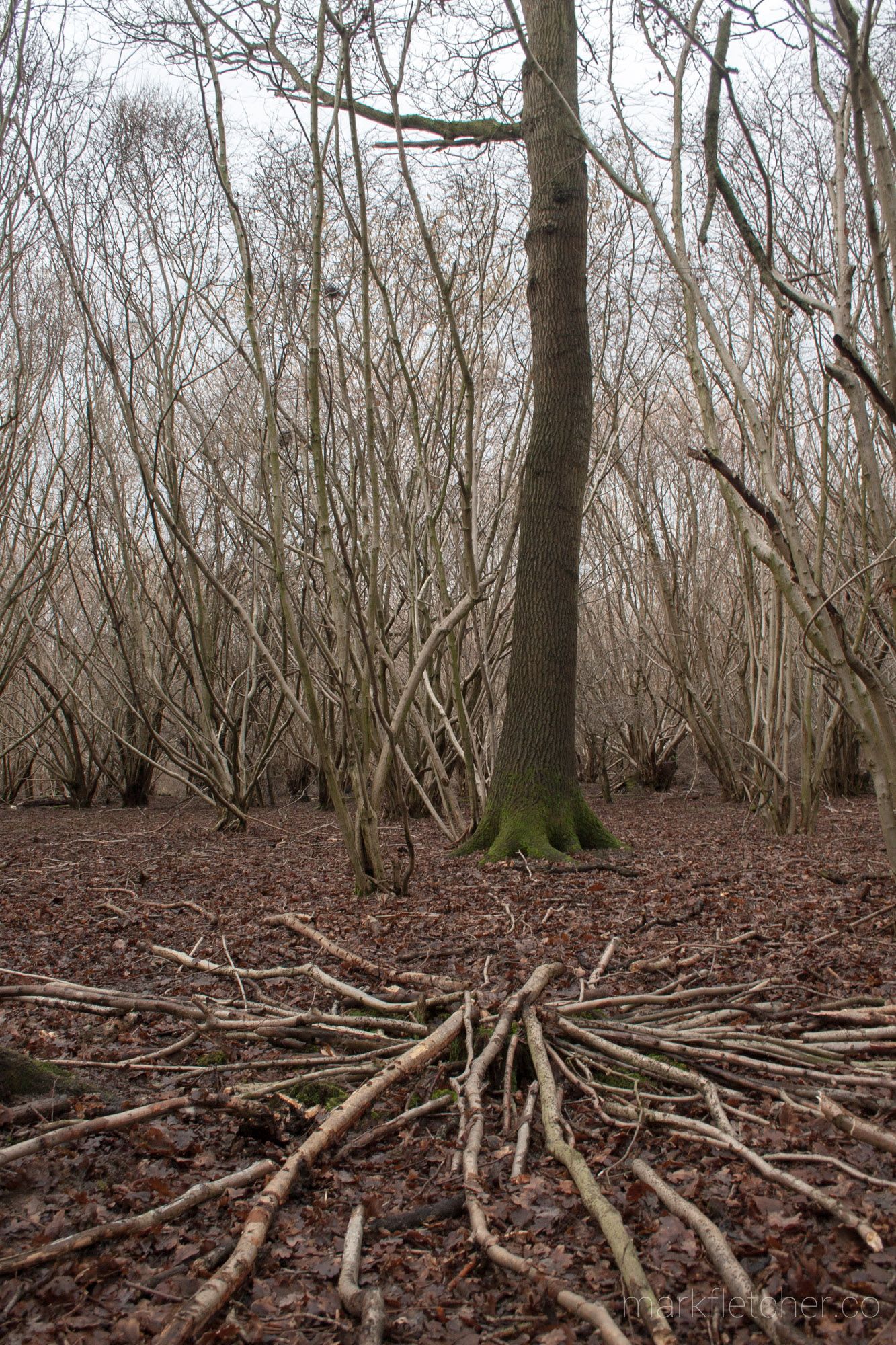Hatfield Forest is an ancient hunting forest in Essex – more than a thousand acres of coppices, wood pasture and open spaces. Aside from lots of open space, thousands of species of wildlife call it home, some of which are rare. It was given to the National Trust in 1924 and remains in their care.
In January of 2014, I went for a wander around the woodland, paths and tracks of Hatfield Forest in search of things to photograph (and to get some space to relax in nature). It was a beautiful day – one of those rare winter days where the light has a wonderfully warm quality (despite it being quite cold). I spent my day getting lost amongst the deer-tracks and veteran trees, accompanied by birdsong -and the occasional deer! I saw both fallow and muntjac – although photographed neither, having a wide angle lens on the camera at the time. It was lovely to be surrounded by nature in such a wild, empty place (there weren’t many people around in the deeper bits of the forest) in spite of the occasional interruption in the form of a passing jet from Stansted Airport.
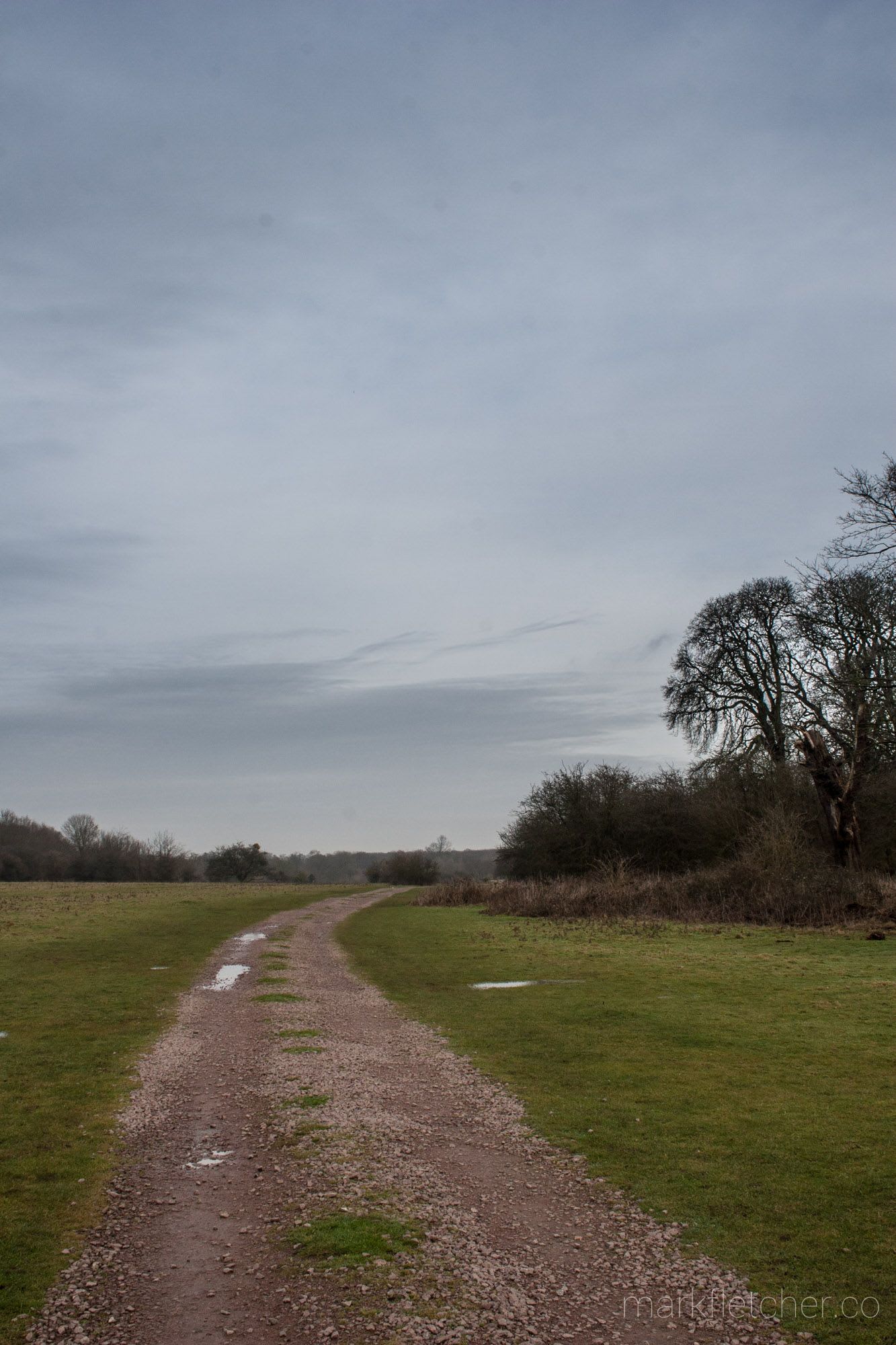

Some of the ancient coppiced trees were literally dripping with lichen and moss; the low sun backlit it perfectly.
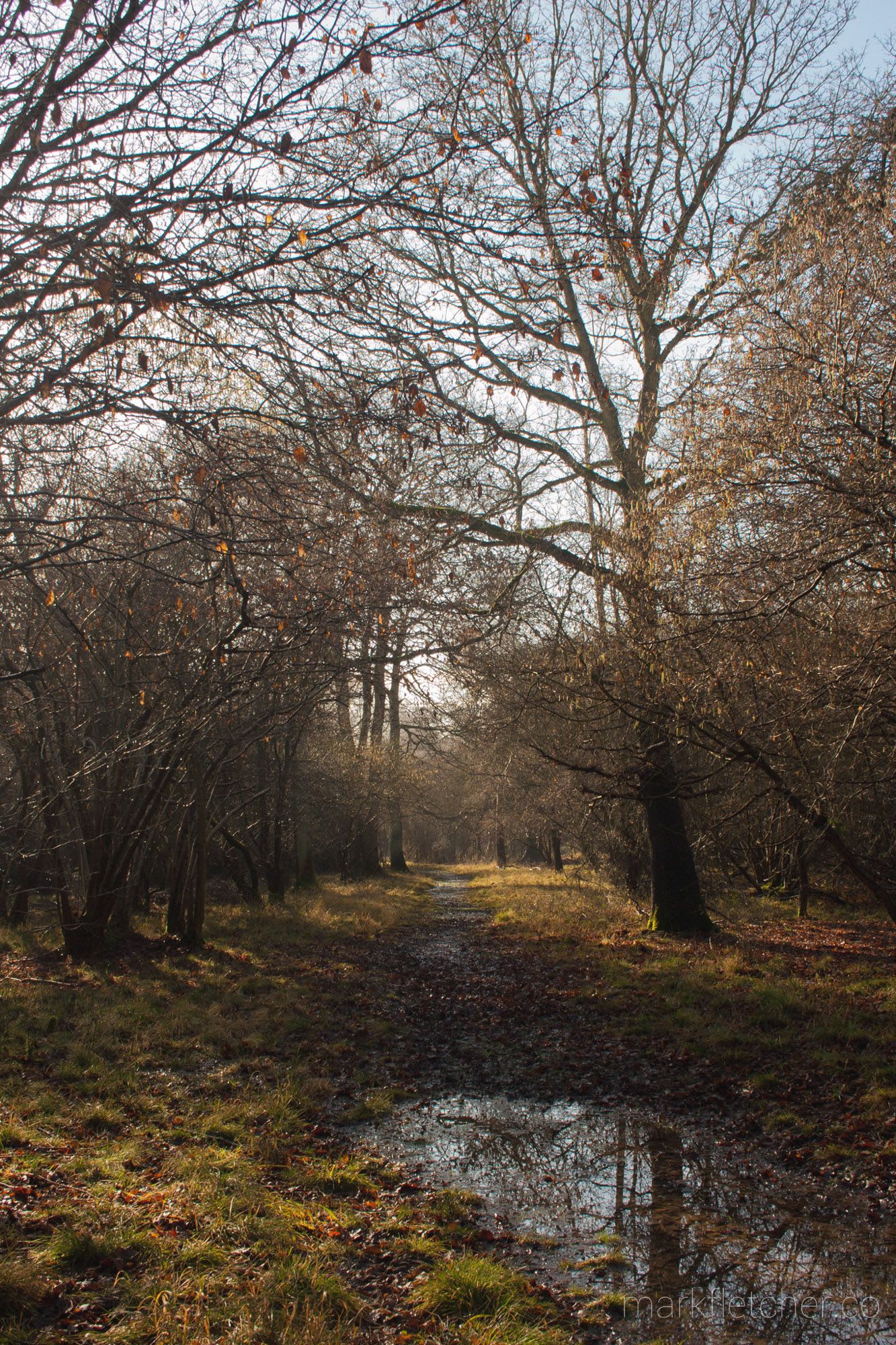
I really love the image above. There’s something about the atmosphere, the tone of the light, the reflections in the puddles – it’s really hard to encapsulate it. But – to me at least – it captures something of the essence of the place. It sounds odd to say, but some places “feel” old – Hatfield Forest is one of them. By the time I took this shot, I’d been alone amongst the trees for a few hours and hadn’t seen another soul (other than a pair of fallow deer)…the sun making an appearance from behind the clouds really changed the atmosphere.
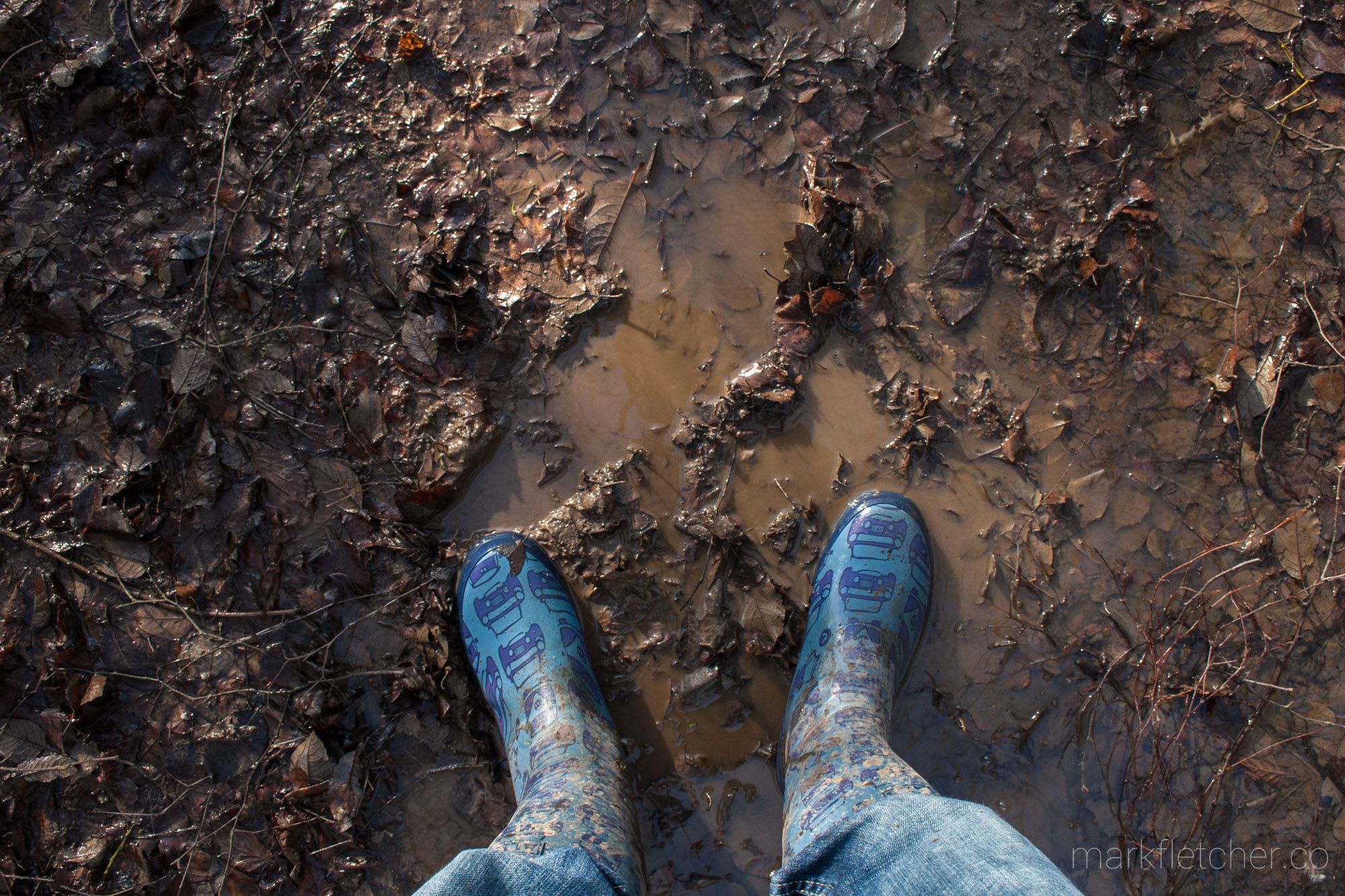
Obligatory wellie golly-it’s-been-raining-a-lot-lately-hasn’t-it shot.
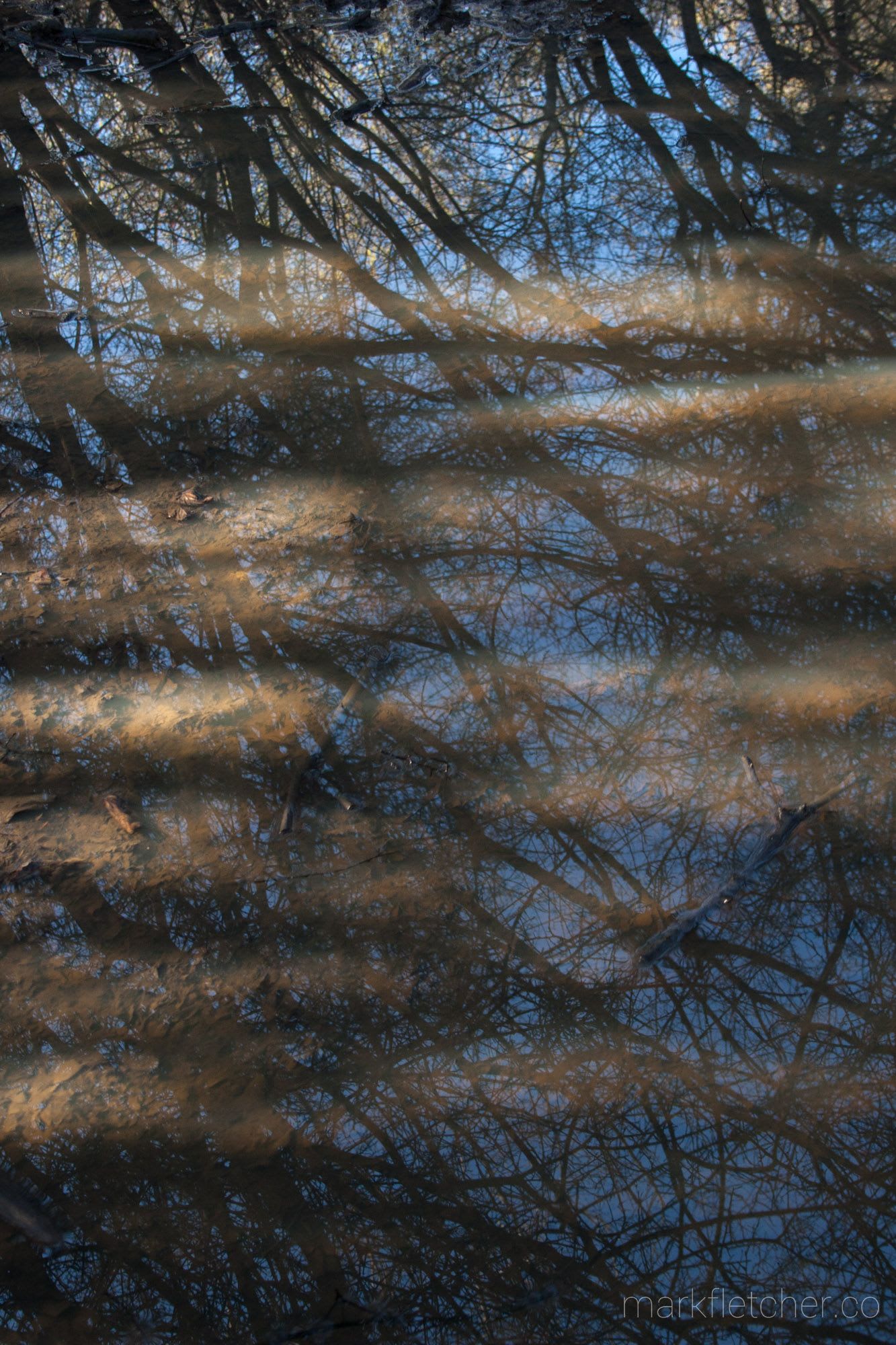
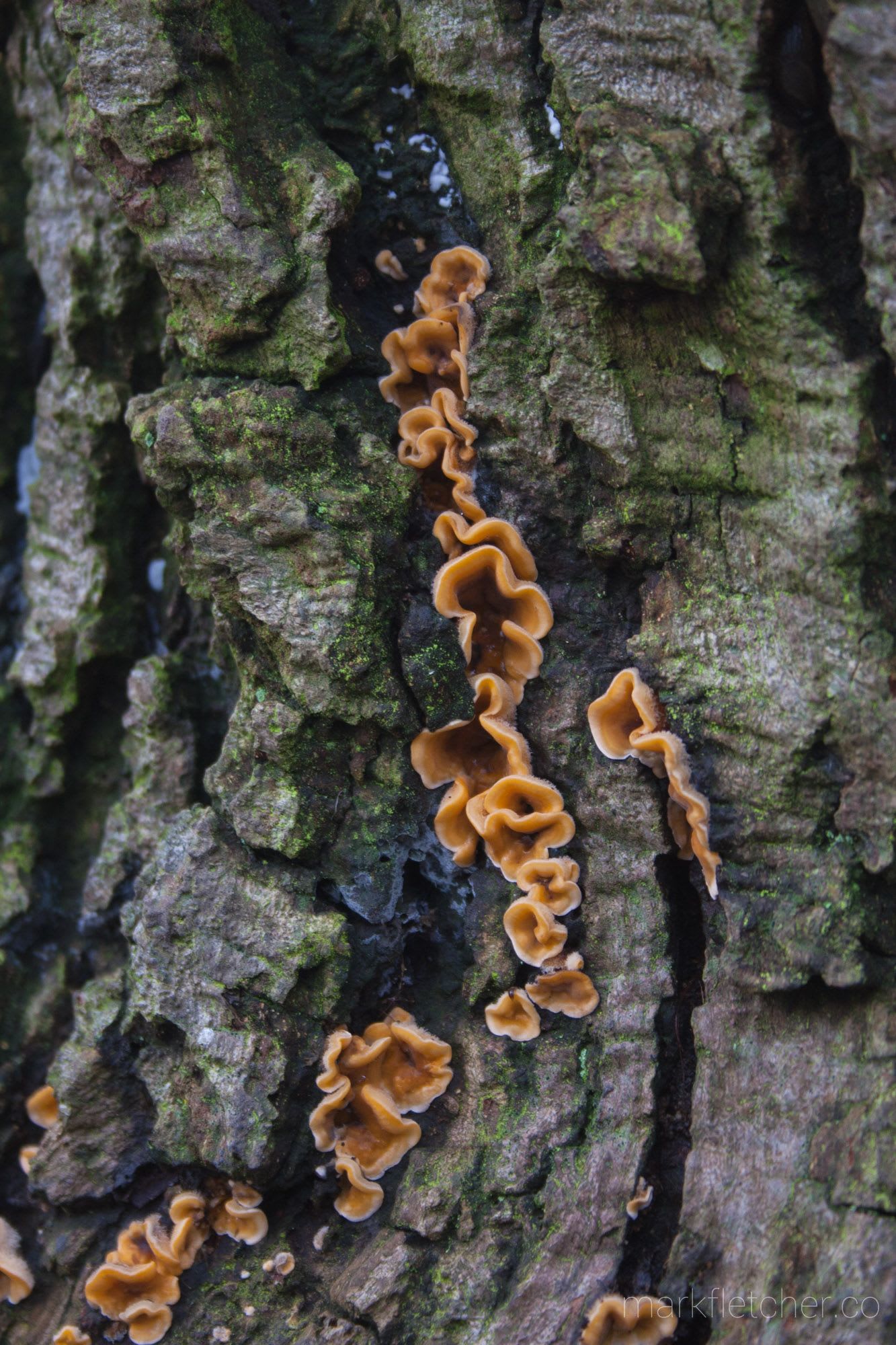

Seriously, it had been raining a lot.
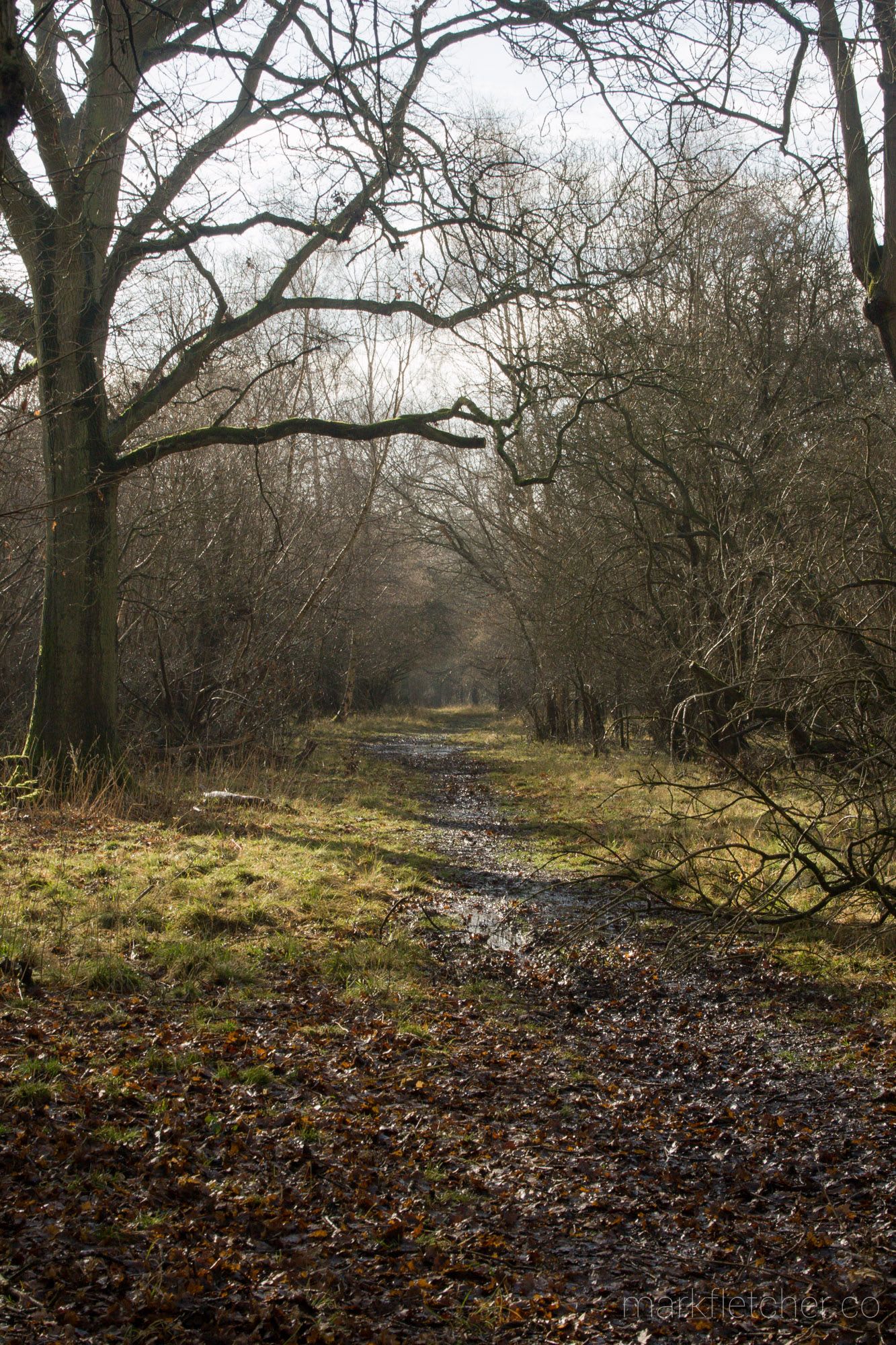
The forest is criss-crossed by these wide avenues, which I believe are the paths that the royal huntsmen would have taken as they roamed the park hunting for deer.
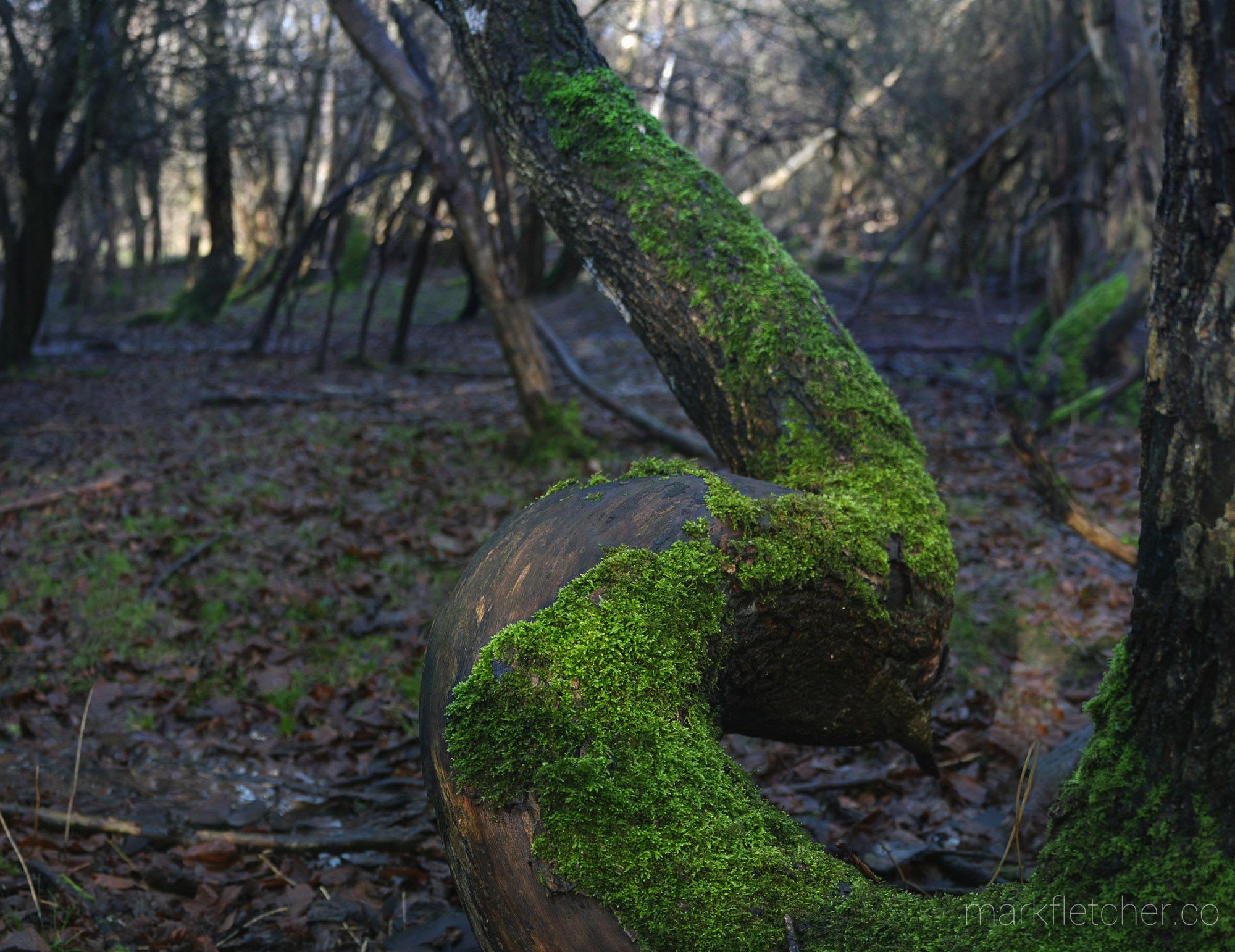
The shot above is actually a composite image created from multiple shots using a technique used the Brenizer method (named after its creator, Ryan Brenizer) which involves stitching together multiple shots from a narrow focal range to create an image with a wide field of view but narrow depth of field. I really love images where there’s interesting depth of field stuff going on, so this technique is right up my street. It sort of replicates the look of a large or medium format camera (which typically has a shallower depth of field) without the expensive equipment. Generally, the technique is used for portraits. I like using it for other things, too.
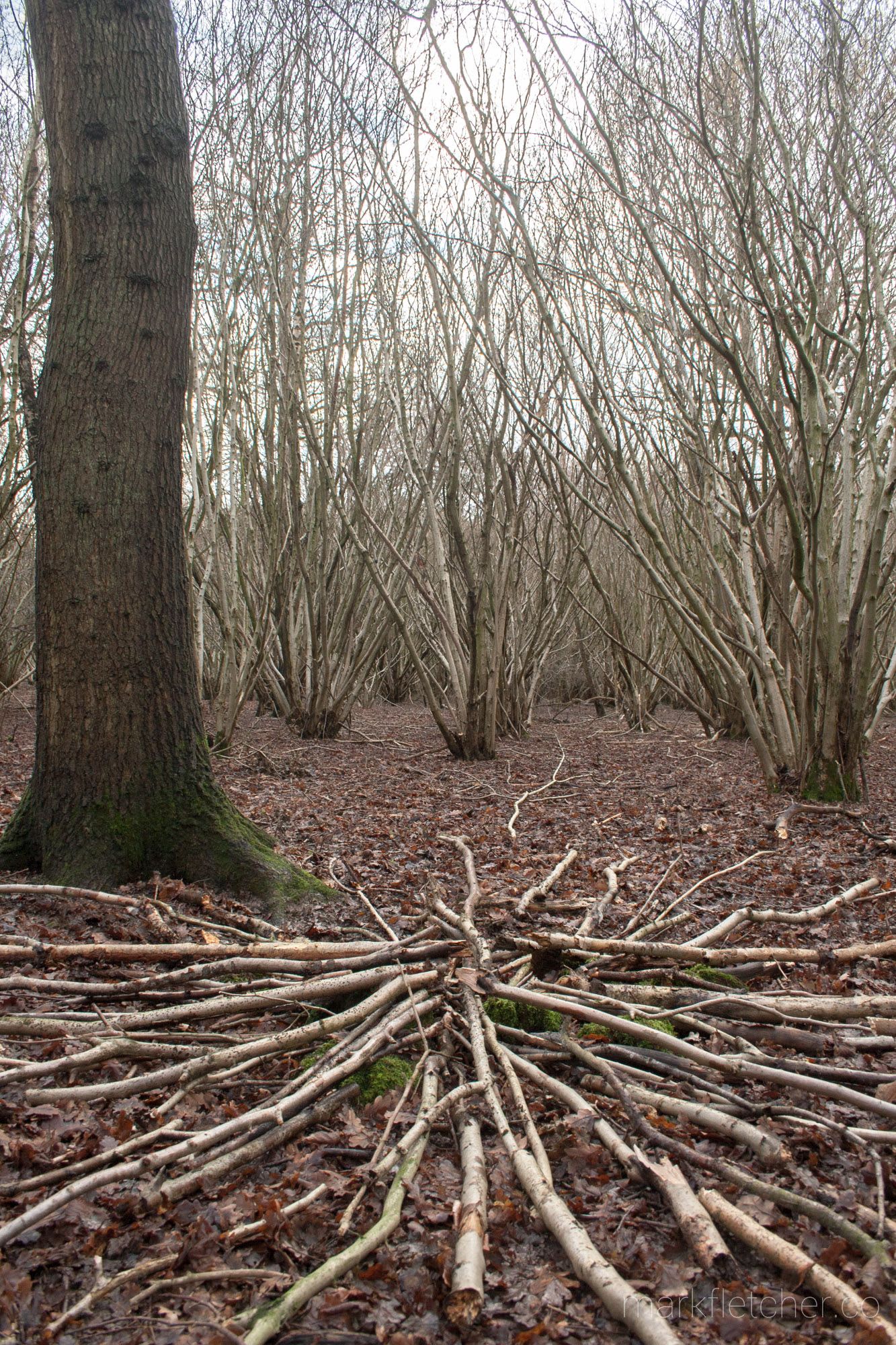
A favourite artist of mine is Andy Goldsworthy, a British environmental artist and sculptor. This, and the following image, are some experiments along the vein of vaguely Andy Goldsworthy-inspired land art; unnatural forms or structures made of natural materials in natural places. I really love this kind of ephemeral sculpture – it exists for a time, but then becomes part of the natural environment again. I also really love that the ordered, deliberate forms that are created from something natural – there’s a gentle juxtaposition between something you’d expect to see and something you wouldn’t. This particular “work” marked the beginning of a wider project that I’m working on, and is a very embryonic and simple arrangement. Watch this space for more on this project in the future.
